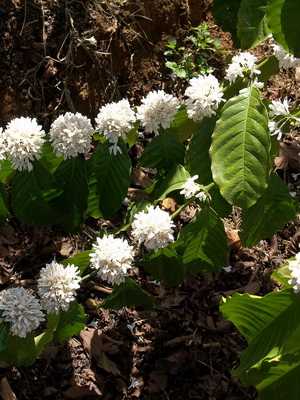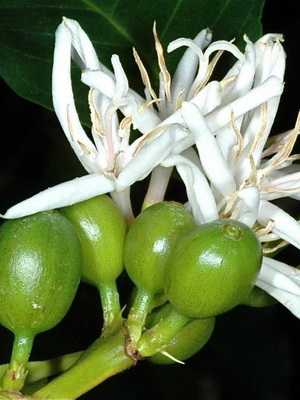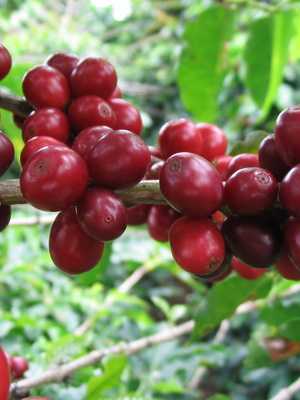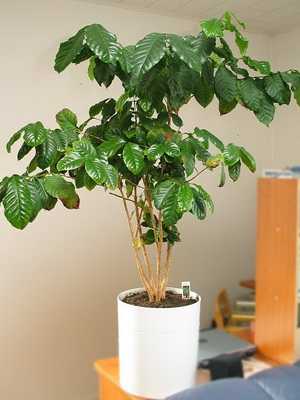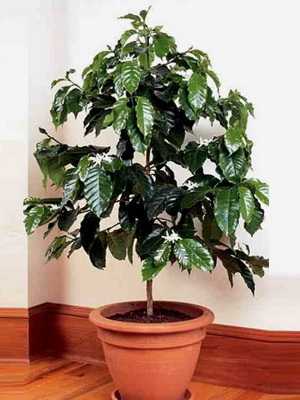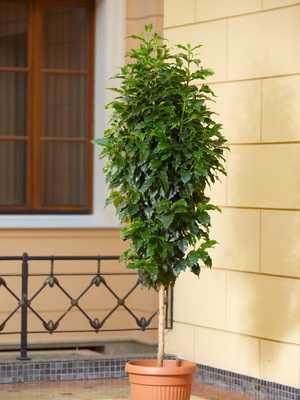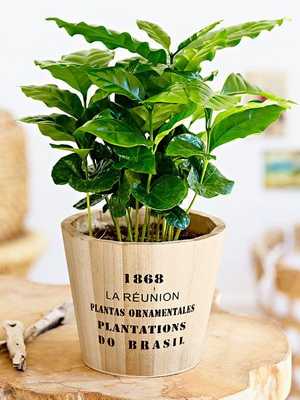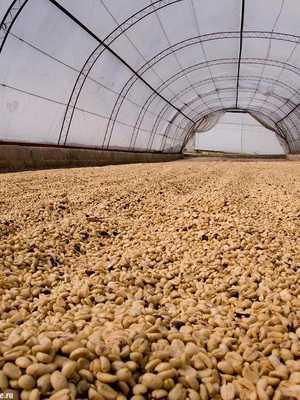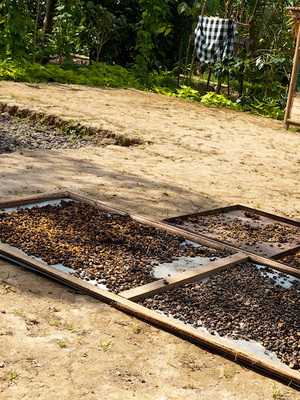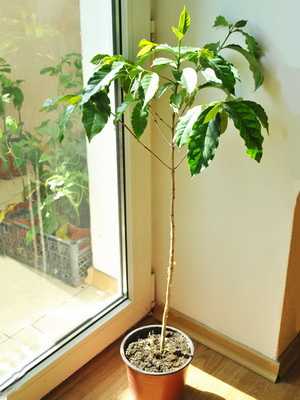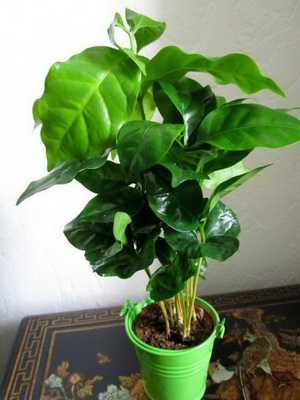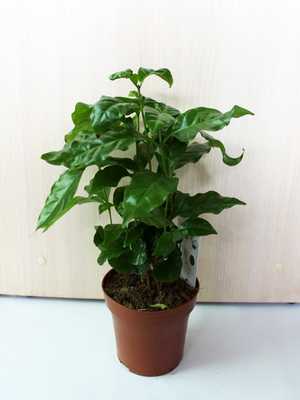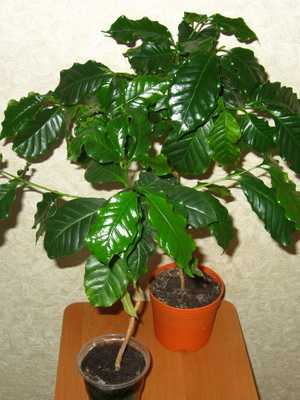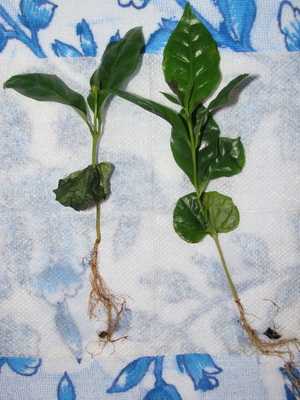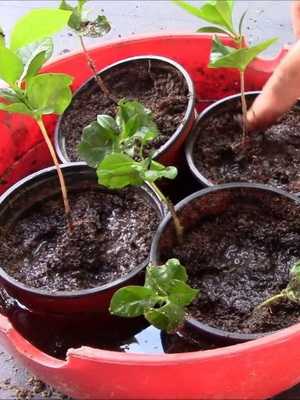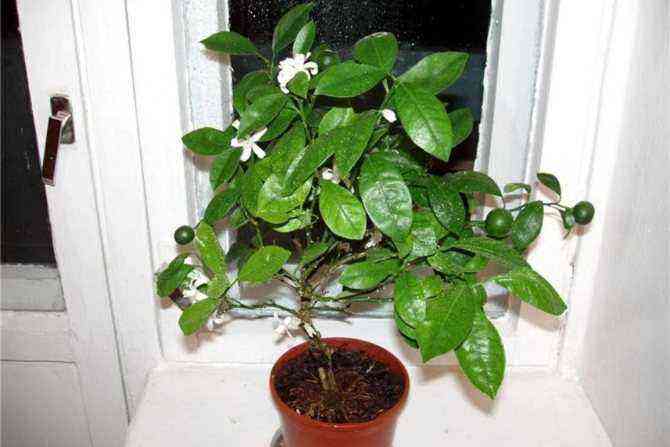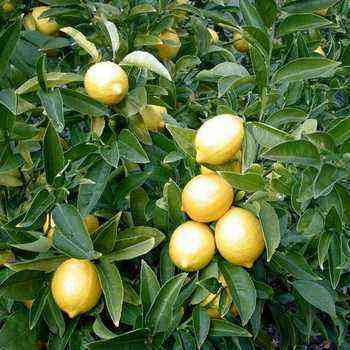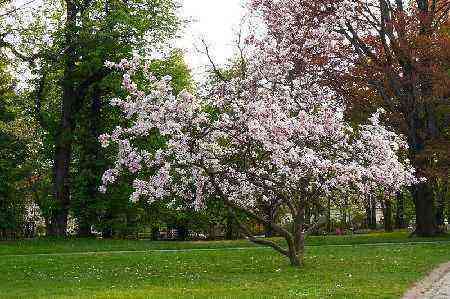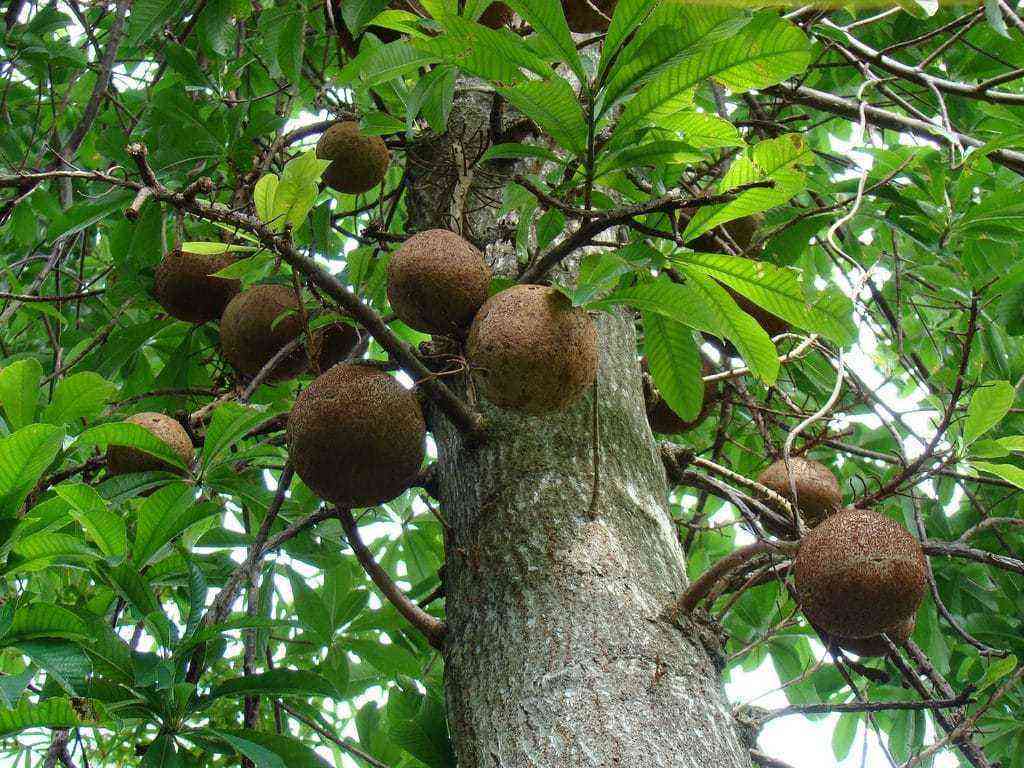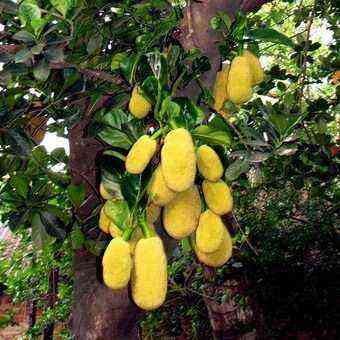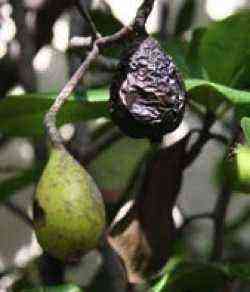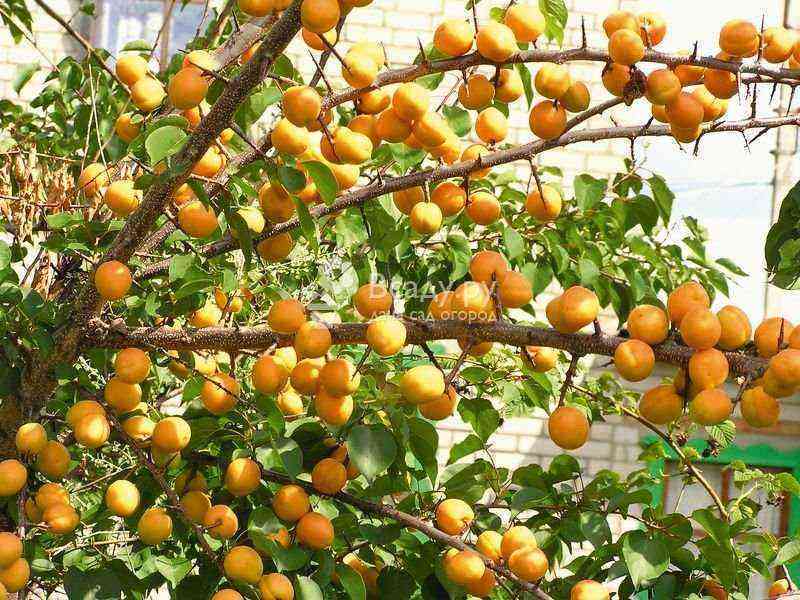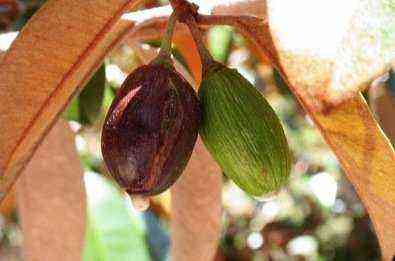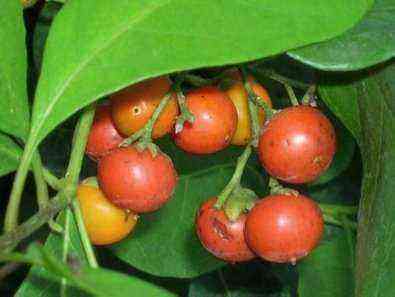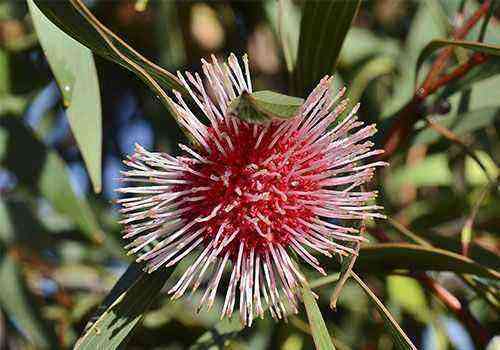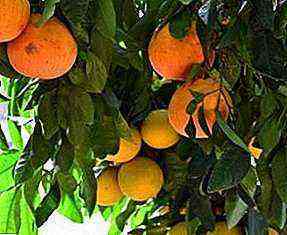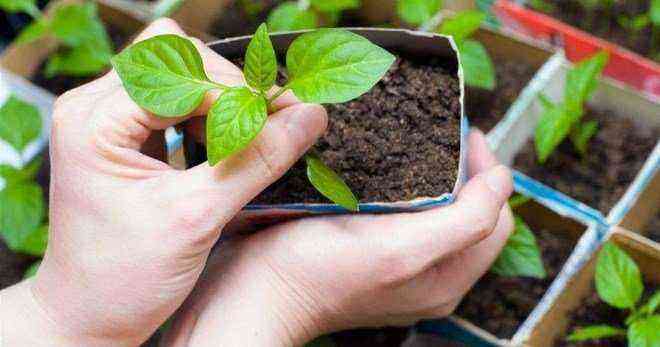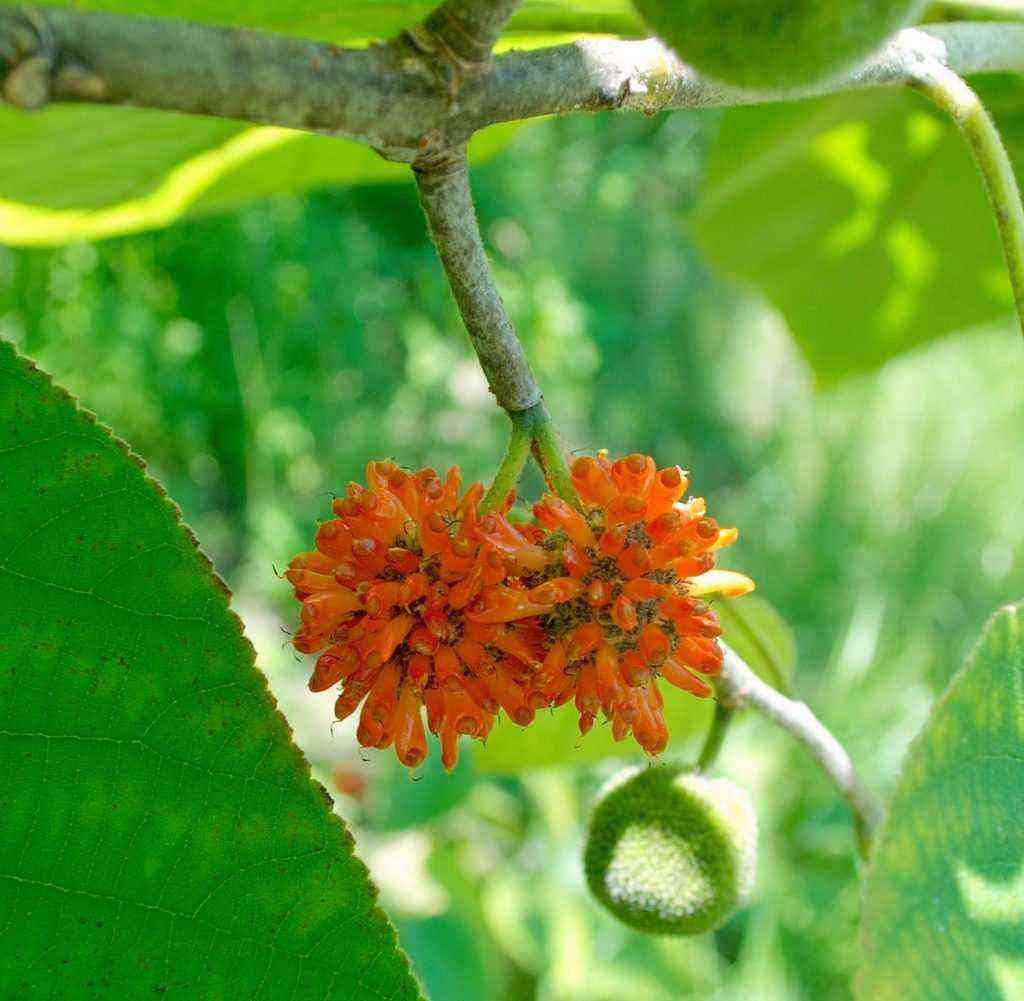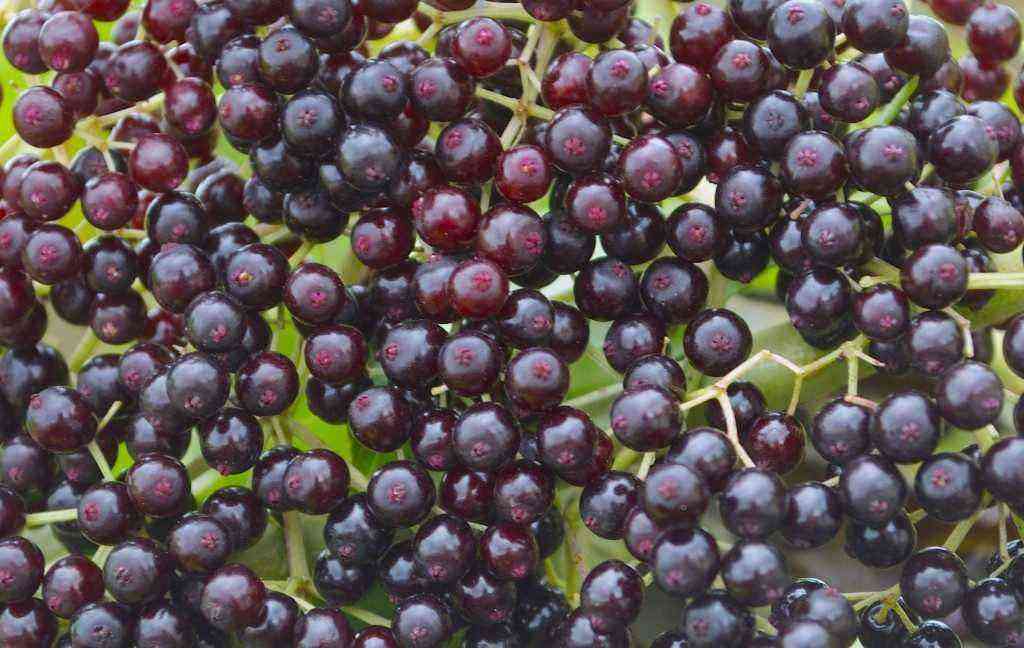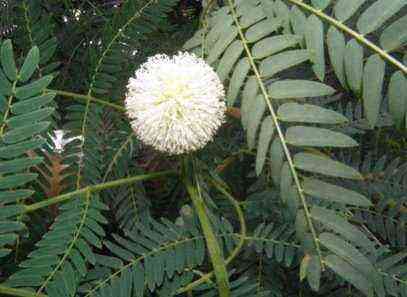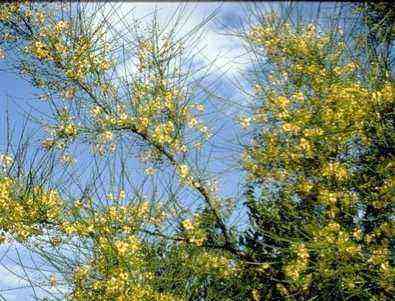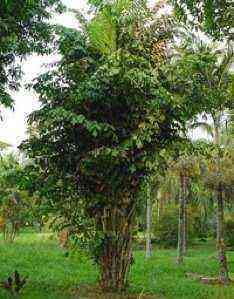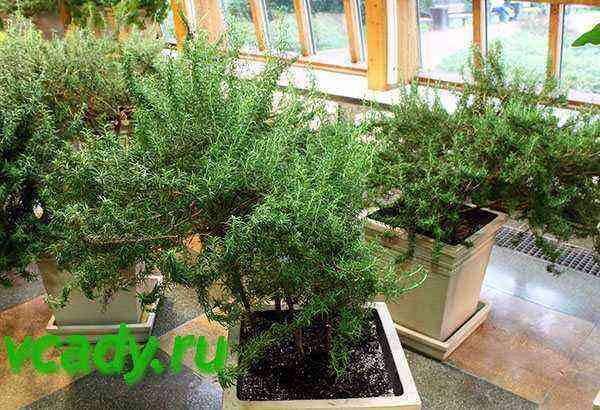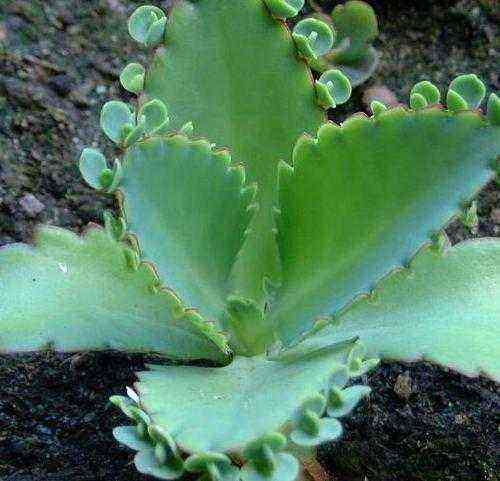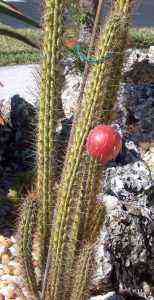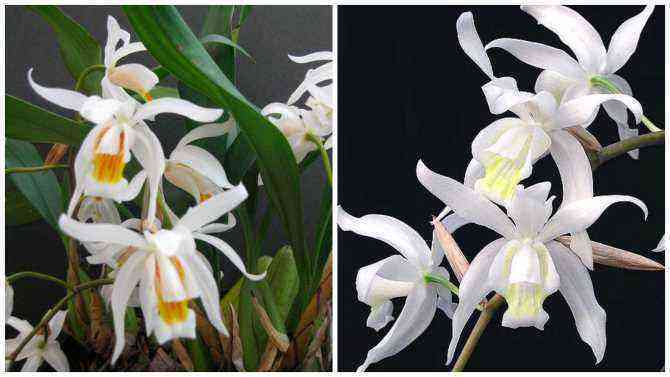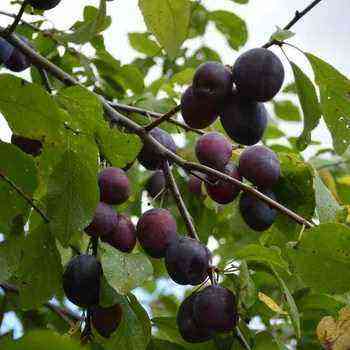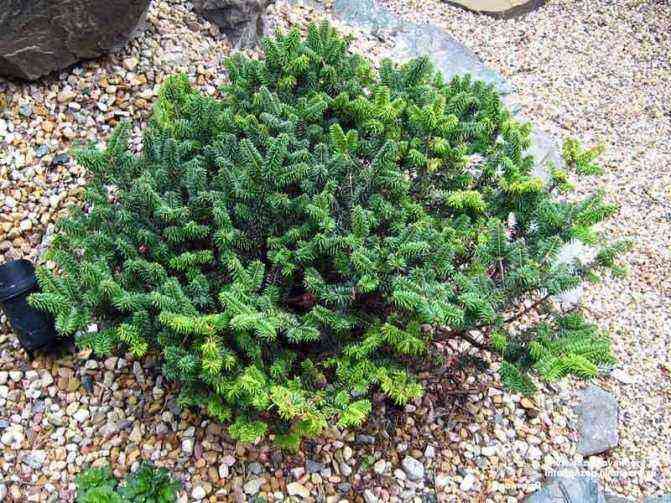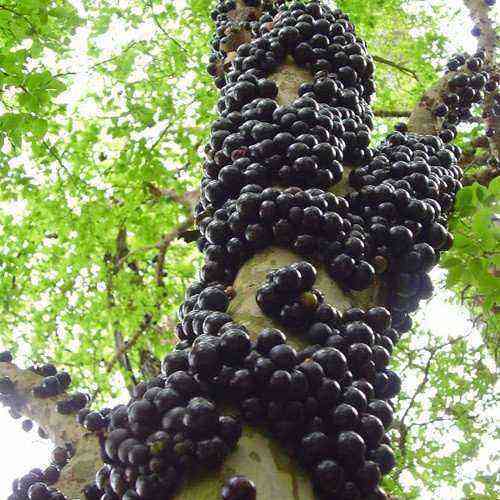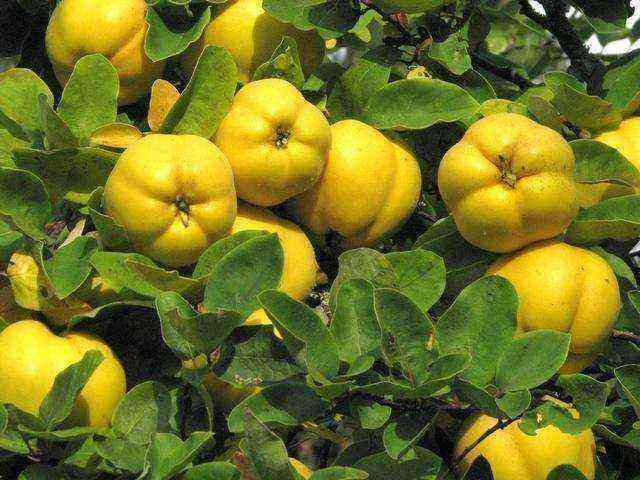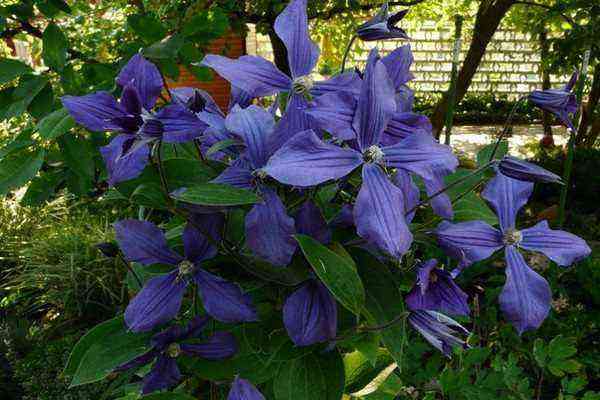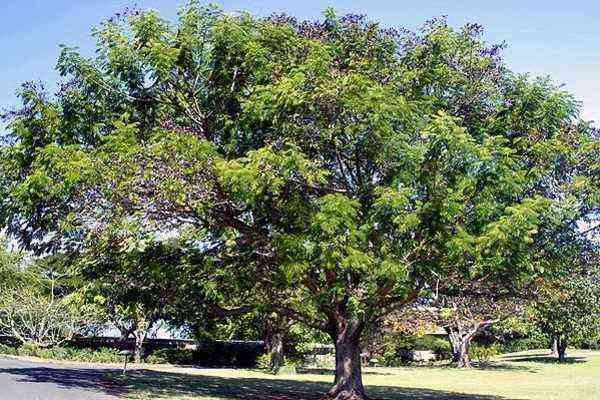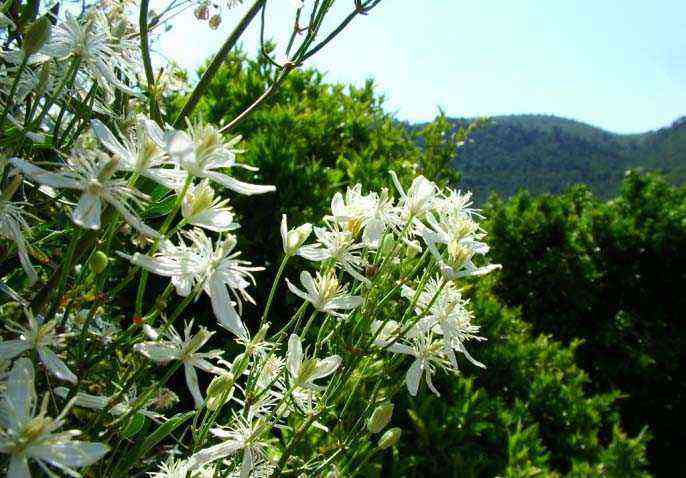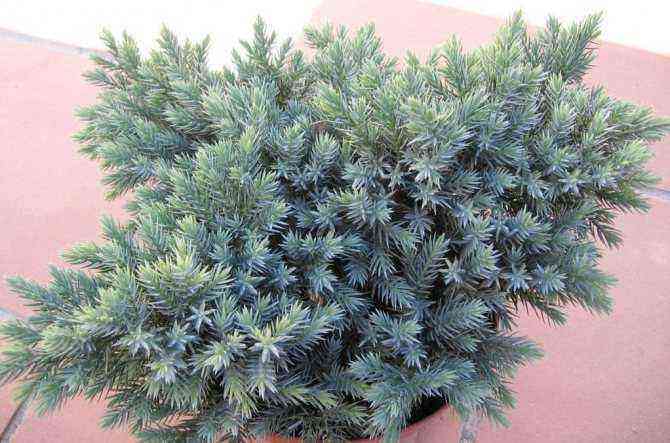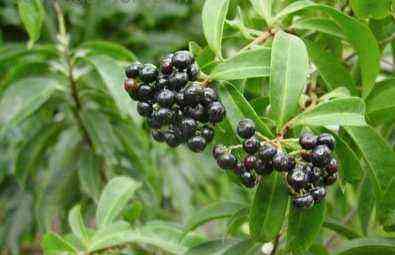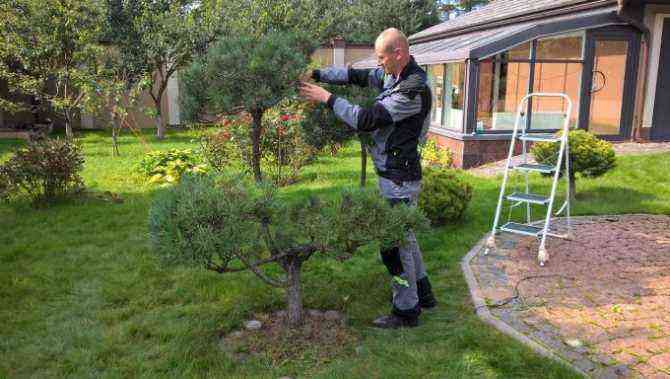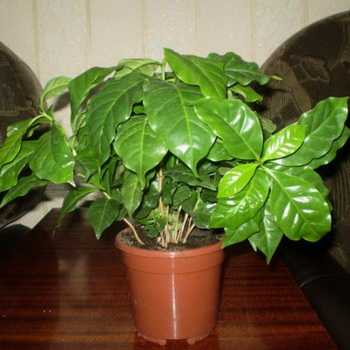
The plant coffee tree or coffee (Coffe) belongs to the Madder family. Homeland – the tropics of Africa.
A legend has come about the virtues of coffee from ancient times, which says that a shepherd had goats grazing, eating berries from a coffee bush. After that, the goats frolicked all night, awake. He told about this to one mullah, who often fell asleep in the mosque. Mulla decided to experience the effects of these berries on himself. Indeed, the berries help the mullah.
In 1591, the Italian physician Prosper Alpinus, accompanying the Venetian embassy to Egypt, got acquainted with this drink. Upon his return, he brought several coffee beans and spoke about its medicinal properties. In 1652, the first coffee shop was opened in London. These small, cozy establishments spread so quickly that in just a few years there were already several thousand of them.
Since in those days there was no extensive information that we have in our time, people gathered in droves there, learning and discussing the latest news, various trade deals were also concluded there. If they wanted to know something about a person, they did not ask him in which area of the city he lived, and which coffee shop he visited. Even the first lanterns that were installed in the city were installed just near the coffee shops.
Coffee, a short tree native to tropical Africa and Abyssinia, has found its second home in Brazil. The best coffees – Arabian and Kenyan – are valued much higher than the coffees of other countries. However, coffee is also cultivated on a large scale in India.
Of the cultivated types of coffee tree, the first place is occupied by Arabic coffee, which occupies 90% of the area. This species grows well, blooms and bears fruit in indoor conditions.
What a coffee tree looks like: a description of the plant
Coffee is an evergreen tree, less often a shrub. The coffee tree is a very attractive houseplant; at home, with proper care, it grows up to 2 m in height.
The leaves are large, leathery (10-15 cm), slightly wavy, shiny, with a short petiole, have a green color. They have an oval shape with a pointed crown. The bark of the trunk is light beige in color.
The flowers are very fragrant, white or cream, collected in inflorescences of 3-7 pieces in the leaf axils. The flowers are bisexual, emitting a strong aromatic scent reminiscent of jasmine.
The fruit is a berry, bright red when ripe. According to the description, the berries of coffee trees are similar to the fruits of cherries. Fruits are small, initially green in color, round or oval. Inside are seeds called “coffee beans”. In countries where coffee is grown, children eat these berries with great pleasure.
Ripe grains are yellowish in color, they acquire a dark brown color after toasting. From one coffee tree in a room culture, you can harvest up to 0,5 kg.
If you take care of the coffee tree at home as advised by experienced growers, the plant can bloom and bear fruit at the same time throughout the year. The coffee tree is a long-liver, as some specimens live up to 200 years (on plantations no more than 30 years). On average, a coffee tree can produce up to 1 kg of seeds during the year.
The potted coffee tree easily adapts to unfavorable indoor conditions. A young plant blooms in the third or fourth year
Its height depends on the type of tree. In the spring and summer periods, the plant grows more intensively; in a year, the tree can grow by 5-10 cm.
Species and varieties.
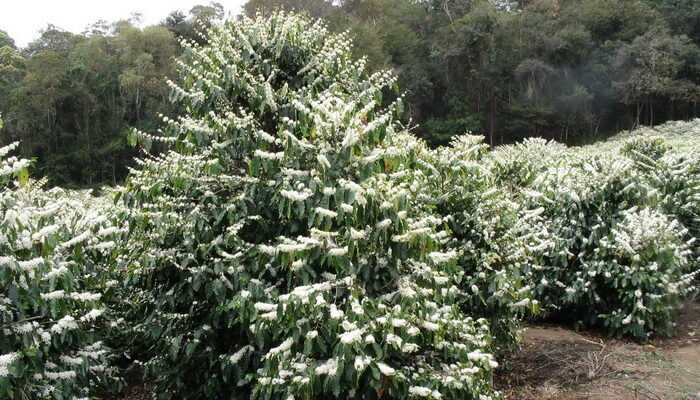
At home, only one species is grown – arabian coffee (C. aradisa).

Also known is the dwarf form of the indoor flower coffee tree – ‘Nana’ (‘Nana’) – its height is no more than 50-70 cm.
Check out what a coffee tree looks like in these photos:
Application of the fruit of the coffee tree
In some African countries, the leaves of the coffee tree are brewed as tea, they also contain caffeine. The sweet pulp of the fruit is used as food. A drink made from roasted coffee beans has a tonic and vasodilating effect. It is useful to give an infusion of raw coffee for whooping cough and for headaches on a nervous basis, as well as for arthritis and gout.
In traditional medicine, medicinal charcoal is made from coffee seeds. Used as a cleansing agent for stomach poisoning, it is superior to all other types of medical charcoal. It is used for poisoning, when treating wounds, from gases.
In Russia, the medicinal properties of coffee were known as early as 1665, and they considered it an indispensable medicine “against rhinitis and headaches.” The famous botanist Karl Linnaeus wrote about coffee that “… this drink strengthens the womb, helps the stomach to cook food, cleanses the clogged insides, warms the stomach”. Voltaire could drink up to 50 cups of coffee during the day; Honore de Balzac was not much inferior to him.
In medical practice, it is used as an aphrodisiac of the central nervous system and a vasodilator for depression, mental fatigue, various heart diseases, headaches, hypotension, and poisoning.
At home, the fruits are dried indoors in the open air, having previously freed from the pulp. Then it is fried until brown and chopped.
Caffeine contained in grains has a beneficial effect on the cardiovascular system, slightly increases blood pressure.
It should be borne in mind that when drinking coffee, the body gets used to it. If it is consumed in large doses (more than 5 cups of coffee a day) and then stopped, then there may be manifestations in the form of headaches, fatigue, irritability, and sometimes nausea.
Having information on the use of the fruit of the coffee tree, do not forget that strong coffee is not recommended for patients with atherosclerosis of the coronary arteries, as it can cause an attack of angina pectoris.
It is also contraindicated to drink coffee for children, the elderly, suffering from insomnia, with increased excitability, gastritis, stomach ulcers. The sweet edible pulp of the fruit (berries) of coffee in Africa is used to prepare alcoholic beverages and to obtain caffeine.
Next, you will learn how to grow a coffee tree at home.
Care when growing a coffee tree in a pot at home (with video)
It is necessary that in the room in which the coffee tree is located, growing conditions close to tropical are maintained, then it will be possible to hope for a harvest and that the beans will have a characteristic coffee aroma.
For its maintenance, spacious rooms with access to fresh air are suitable. The coffee tree has a significant drawback: it practically does not get along with other indoor plants.
Accommodation. Coffee needs a bright, sunny room, especially in winter. It is better to place the coffee tree on the west and east windows.
Coffee requires a lot of sun and fresh air, but young plants cannot tolerate direct sunlight. The coffee tree prefers diffused light. If it is too dark, it will grow more slowly, and bright light can cause the leaves to turn yellow and wrinkle. With a lack of light, marginal leaf necrosis may begin.
The plant is not recommended to be transferred from place to place.
When grown at home, a coffee tree is not as sensitive to movement as a lemon, but it also gets used to its place and does not like when it is rearranged to another. However, in the summer it can be put on a balcony or loggia and even taken out to the country house, provided that it remains oriented to the sun (for this, it is enough to tie a cloth on the south side of the tree).
Temperature. It is better to keep the plant at a temperature of 25-30 ° C, especially during the growing season. Room temperature is also suitable for normal growth. In winter, the plant hibernates, and then it needs a lower temperature, but not lower than 18 ° C. In winter, the plant is usually kept at a temperature of at least 18 ° C.
The soil. The main requirements for the soil when caring for an indoor coffee tree are nutritional value and friability. The soil for the plant consists of sod land, coarse river sand and leaf humus, taken in a ratio of 2: 1: 1, while the reaction of the soil should be neutral.
The substrate is prepared from sod and leafy soil, humus and sand (2: 1: 1: 1).
Top dressing. When caring for a coffee tree at home, fertilizing is carried out from May to September twice a month with flower fertilizers.
During the growing season, the coffee tree intensively consumes nutrients, therefore it is recommended to feed it once every 10 days; it especially needs nitrogen and potassium. From spring to mid-August, the tree is fed with slurry (1: 10) and a complete mineral fertilizer that necessarily contains trace elements, molybdenum is especially necessary. Fertilizer AVA is very useful.
Transfer. In the course of growing a coffee tree at home, a young flower is transplanted annually, an adult – once every 2-3 years. Mature plants are transferred to taller and larger pots in the spring.
How to water and prune a coffee tree houseplant at home (with photo)
In summer, abundant watering, in winter – moderate, with settled water. The plant needs regular watering, especially in the spring-summer period during the high growth stage. But too much watering is not recommended. Make sure the topsoil is slightly dry before watering the coffee tree. If watering is insufficient, or, on the contrary, too abundant, then the leaves may begin to fall off. You shouldn’t water the coffee tree often in winter.
The coffee tree loves fresh air and requires high humidity. When the heating is on, it is advisable to spray coffee 2-3 times a day.
As shown in the photo, the indoor coffee tree has a beautiful natural crown:
When pruning a plant, you should only shorten the shoots that are too long and limit the height of the plant as needed. However, specimens grown from cuttings develop in the form of a bush that needs to be formed. Since the plant is very light-requiring, it is recommended to rotate it around the axis from time to time for uniform development of the crown.
Here’s how to propagate a coffee tree at home.
How to propagate a coffee tree at home with seeds and cuttings
Breeding. Freshly harvested seeds, peeled from the red coat. Seeds germinate better in a heated substrate (25-28 ° C).
Seeds quickly lose their germination, so they should be stored for no longer than a year, and it is best to sow soon after harvest. To grow a coffee tree, seeds, peeled from pulp, are sown in a soil mixture of light turf, leafy earth and sand (2: 1: 2) to a depth of 1 cm, flat side down. Before planting, they are washed in a weak solution of potassium permanganate. The temperature for germination should be 22-24 degrees, the substrate is kept moist. Seedlings appear in 30-40 days. After the formation of the first pair of leaves, the plants are planted in pots. The first 3-4 years, the plant is transplanted annually, then every two years. For adult plants, 1 part of humus is added to the soil.
You can propagate coffee and cuttings, rooting them in wet sand under glass or plastic wrap, at a temperature of 28-30 C. Cuttings must be taken from a fruiting tree, otherwise you will not wait for the fruit. The plant is cut in spring with the tops of semi-lignified shoots of last year’s growth. Seedlings of the coffee tree begin to bear fruit in 3-4 years, and specimens grown by cuttings sometimes bloom already in the rooting stage.


